

Transcript and translations
Language
Subjects discussed
Nowadays I can dig about five graves a day
When I first came to work here in 1980, everyone else was too scared to work in the graveyard. They didn’t like working here, and within a few days would ask for a transfer to someplace else.
When you dig graves sometimes you come across dead bodies, you hear noises at night, there are wild animals and there is the foul smell that comes from dead bodies. Because of such things people didn’t like to work here.
Some people don’t know what to do when there is a death. Where should they bury the body? Where should the body be taken? From where should they get the death certificate? Because they don’t know what to do, they come running here. We tell them where to get the death certificate, where the body should be buried and what needs to be done according to their religion. Then when we receive the body we prepare it for burial.
Nowadays I can dig about five graves in one day. The people working here with me can’t do that. To dig a grave you usually need at least four or five people, but I can do it by myself in an hour or two. I can dig a grave that is six feet deep, seven feet long and two and a half feet wide. This work is not only about burying bodies but you must also know how to cremate a body on a funeral pyre made of wood. I know how to do all those things.
There are many types of graves. All are basically the same but have little differences according to different religions. There are differences between Muslim, Hindu, Buddhist and Roman Catholic graves.
For example, in a Muslim grave, you dig down for about one and a half to two feet, then cut notches in the sides to place a wooden plank. It is on top of this plank that you fill in soil afterwards. There is also a box called potticuli which is open on two sides, you lower that into the grave and then put three wooden poles on top of that. Afterwards you place a wooden plank and then cover the grave with soil. When buried in this way the body is untouched by the soil.
Valli Bai is the name of a people who came from India. They have big beards. Those people have some graves here. When digging those graves, you dig down for six feet then cut two feet into the side of the grave. Then you lower the body and place it into that side; afterwards you cover the body with a wooden plank and fill the grave with soil.
If the people want the grave to be decorated, we do that for them too. Roman Catholics and Muslims don’t decorate graves, they just bury the body. Whereas Buddhists and Hindus have the grave decorated with gok kola and a white canopy.
Be they Muslim, Anglican, Roman Catholic, Buddhist, Hindu or Lighthouse, I am always ready to dig their graves.
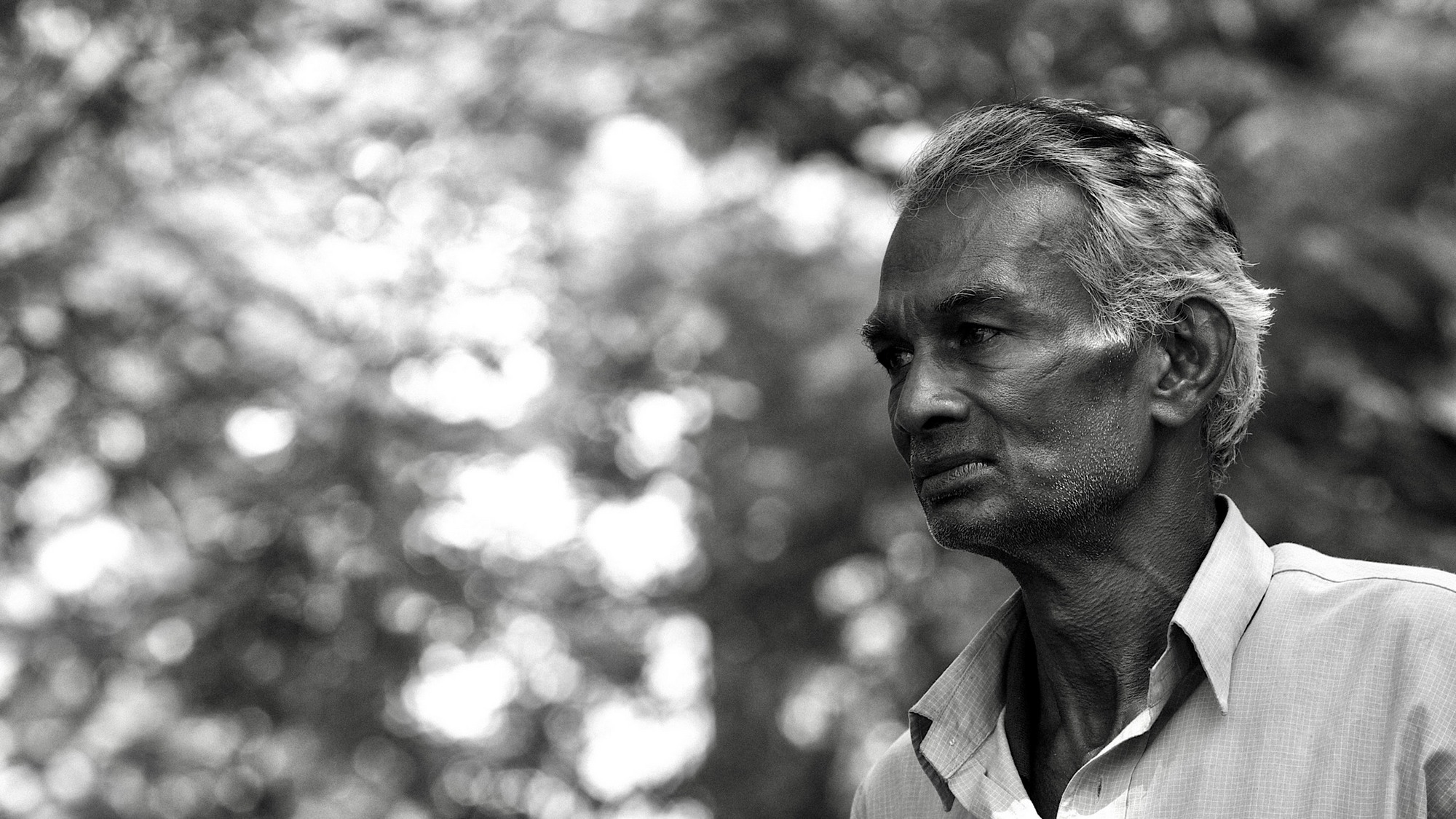
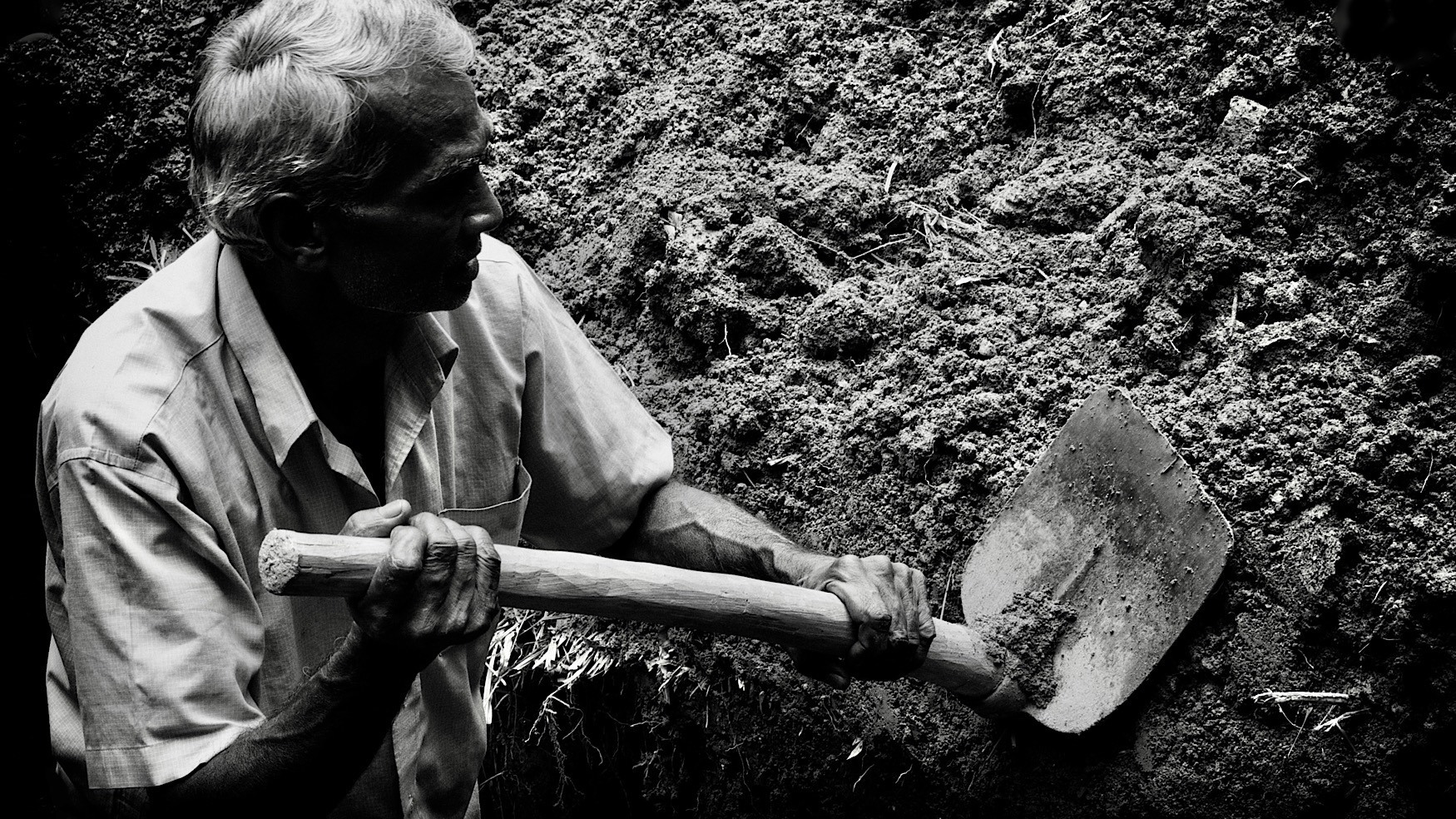
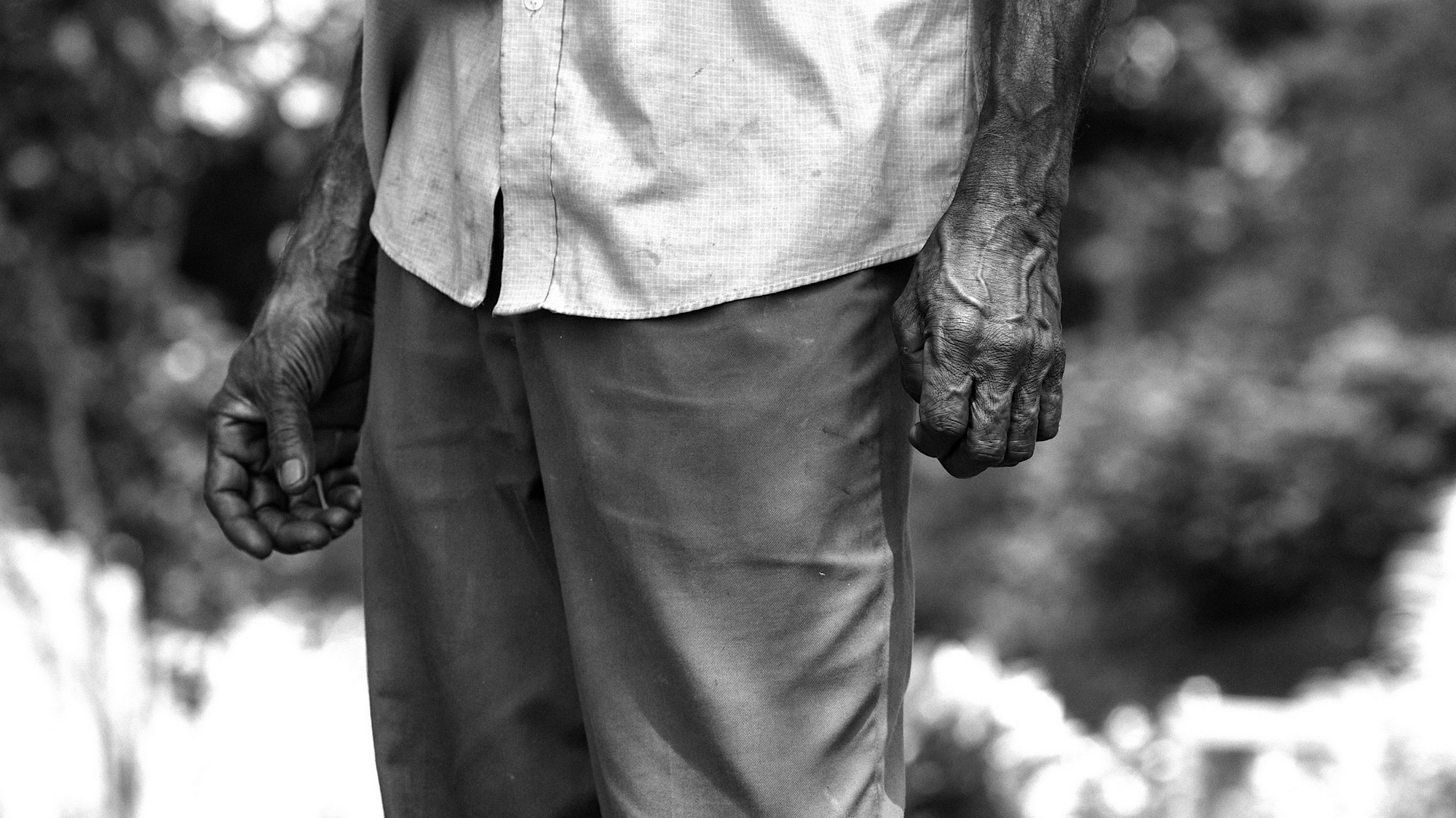
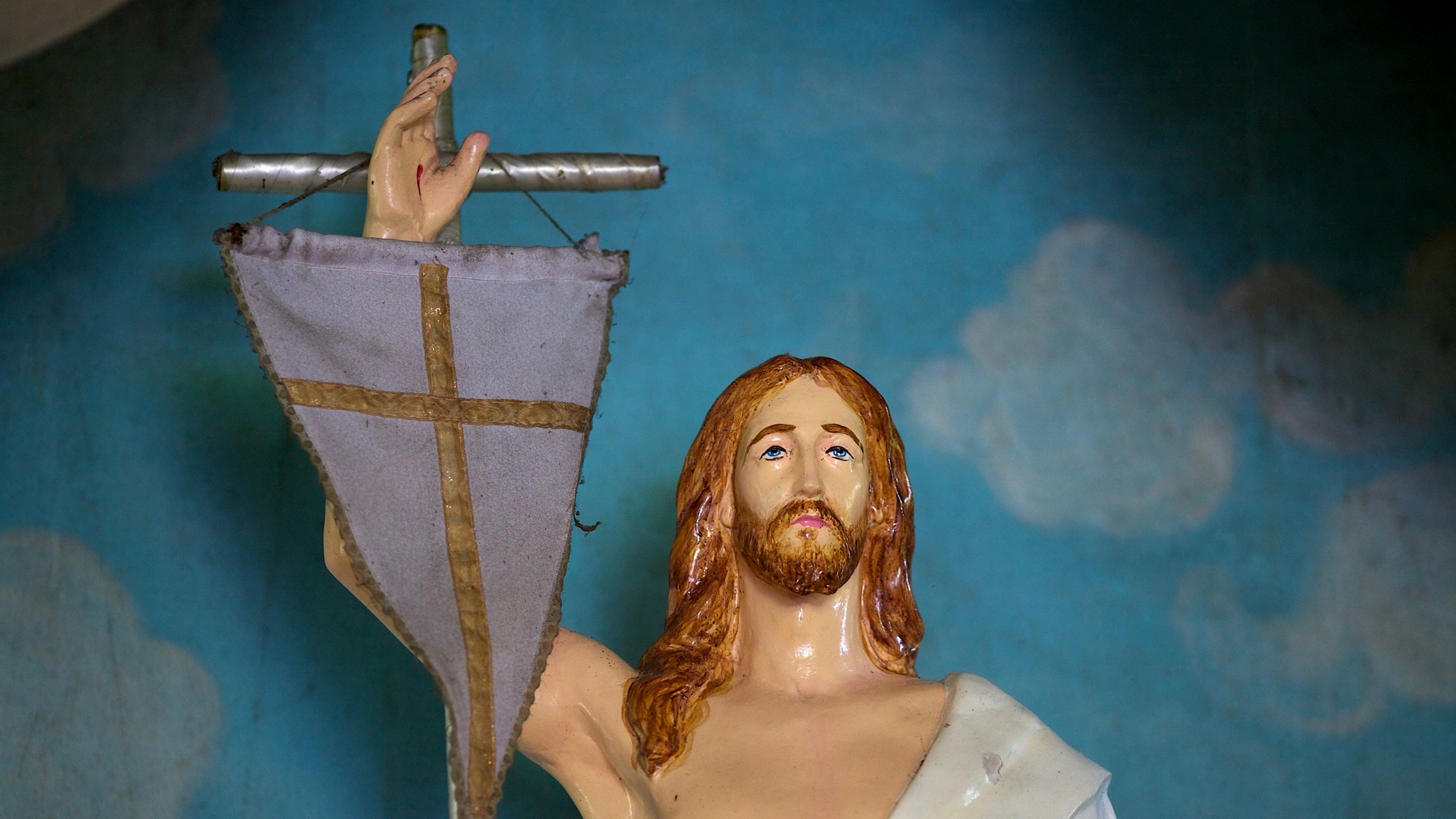
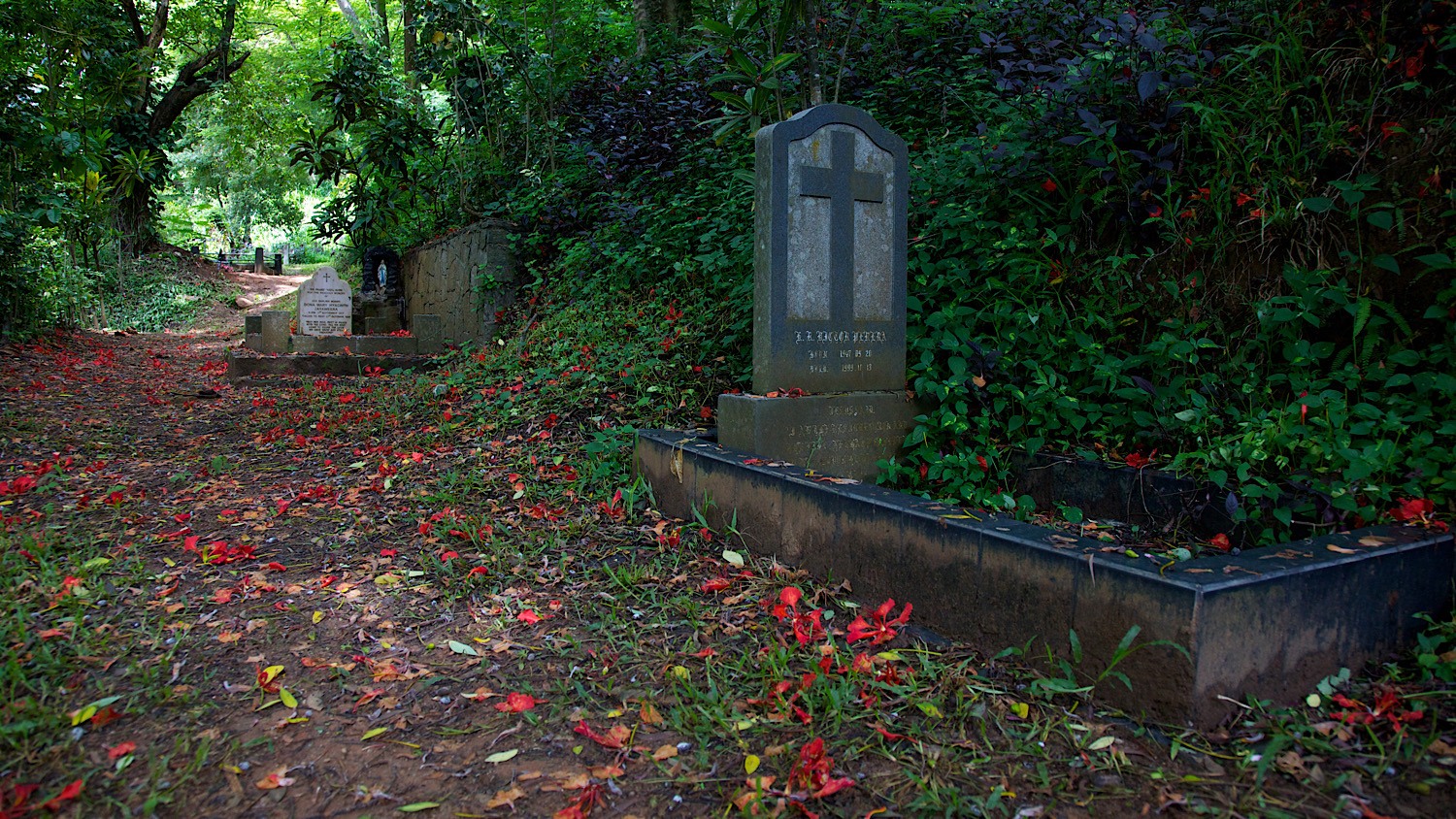

Comments
Leave a comment